The Metaphysical Art Movement: Beyond Reality

The Metaphysical art movement is one of the influential artistic currents of the 20th century, inviting viewers into a realm beyond reality by creating an eerie, silent, and thought-provoking atmosphere. This school of art focuses on everyday objects in unusual settings and presents visual contradictions, raising profound questions about existence and the nature of reality.
Giorgio de Chirico: Founder of the Metaphysical Art Movement.
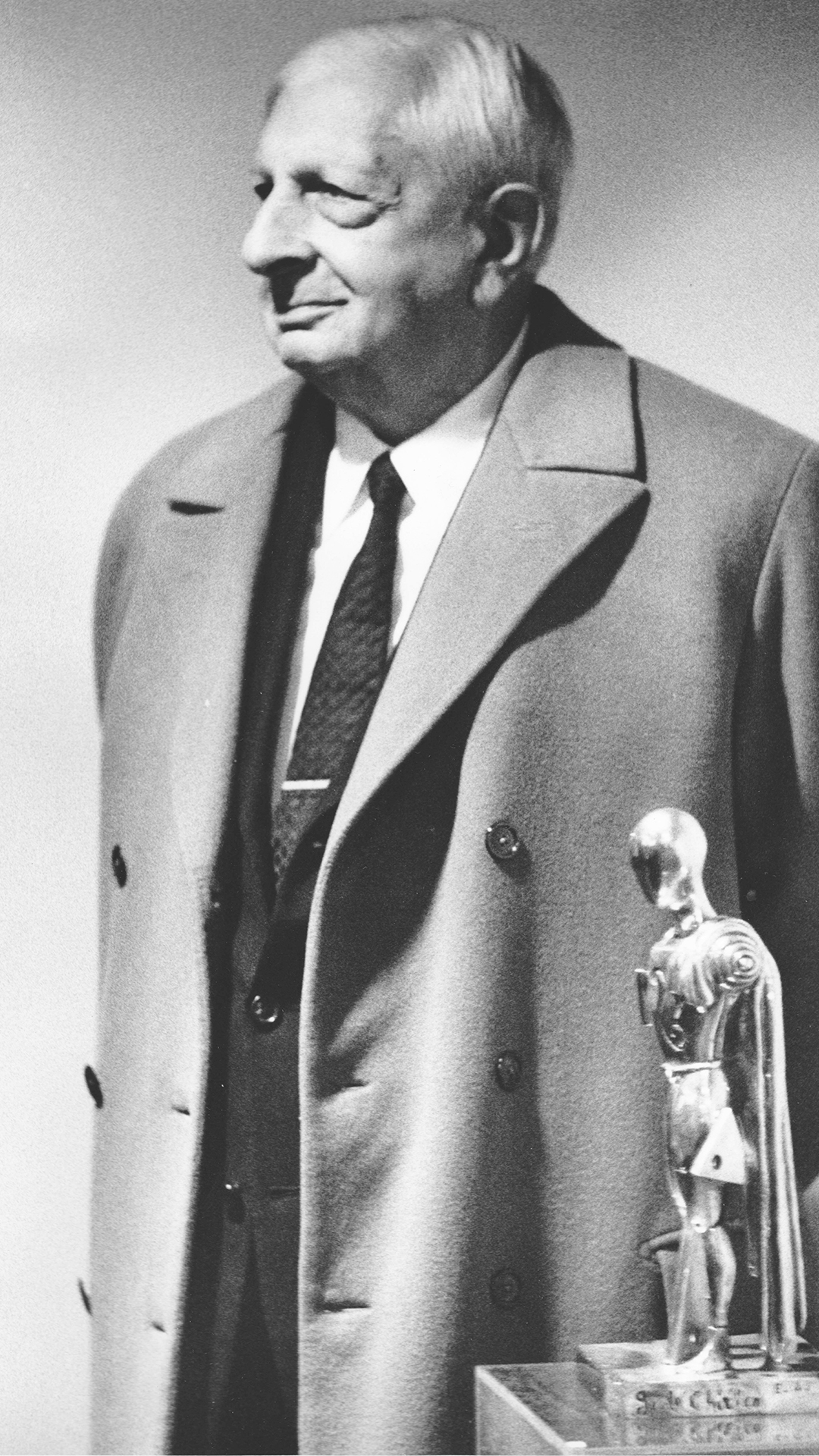
Giorgio de Chirico can undoubtedly be regarded as the godfather of the Metaphysical School. With his works depicting mysterious, silent, and thought-provoking atmospheres, he revolutionized the art world. De Chirico’s paintings often portrayed unusual perspectives, everyday objects in unconventional settings, and an eerie yet calming environment, compelling viewers to reflect and ponder.
Through his works, de Chirico initiated an art movement that quickly spread across Europe and inspired many artists. By combining strange juxtapositions of everyday objects in empty spaces and creating abnormal perspectives, he crafted a space that was neither pure reality nor pure fantasy. This space, later known as the “Metaphysical Space,” became the symbol of his school.
Many believe that de Chirico’s works had a profound influence on the Surrealist movement. Surrealist artists drew inspiration from de Chirico’s ideas about the unconscious and dreams.
The characteristics of de Chirico’s works include large empty spaces that emphasize the objects within them. He used perspectives that made objects appear larger or smaller than their actual size. In his paintings, objects such as statues, clocks, buildings, and trains are frequently repeated, each symbolizing a specific concept.
Let’s take a look at some of Giorgio de Chirico’s works together.
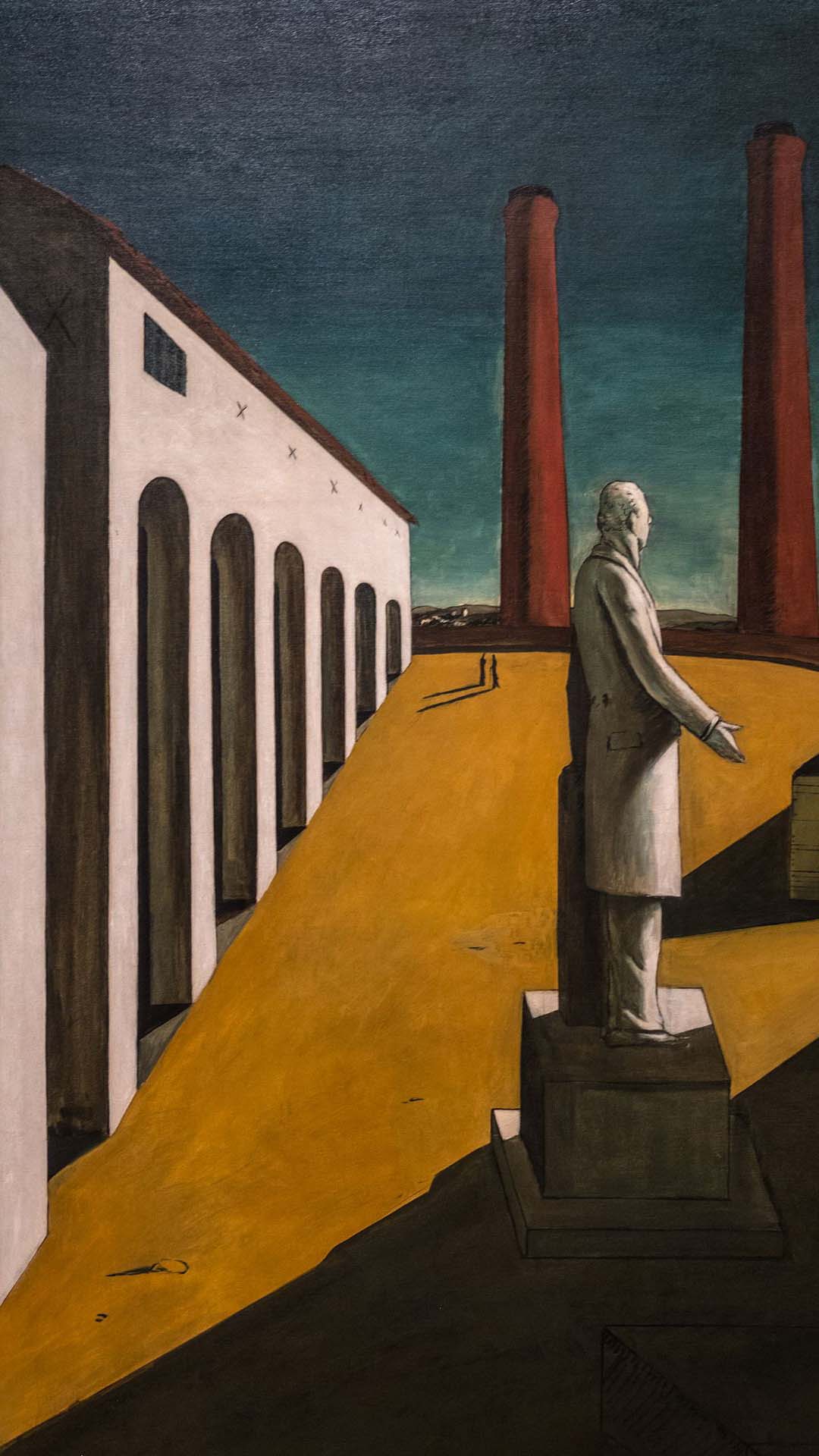
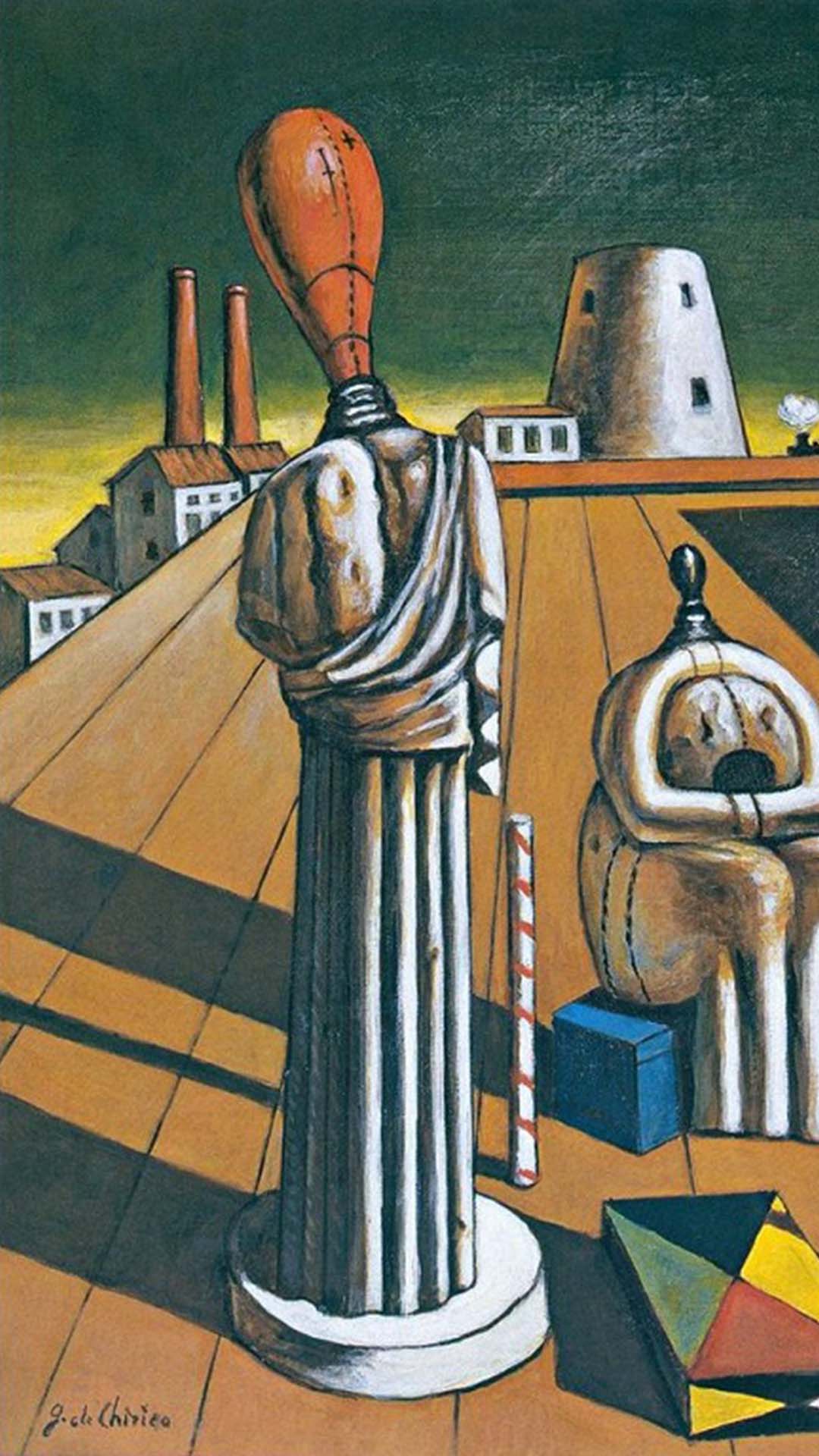
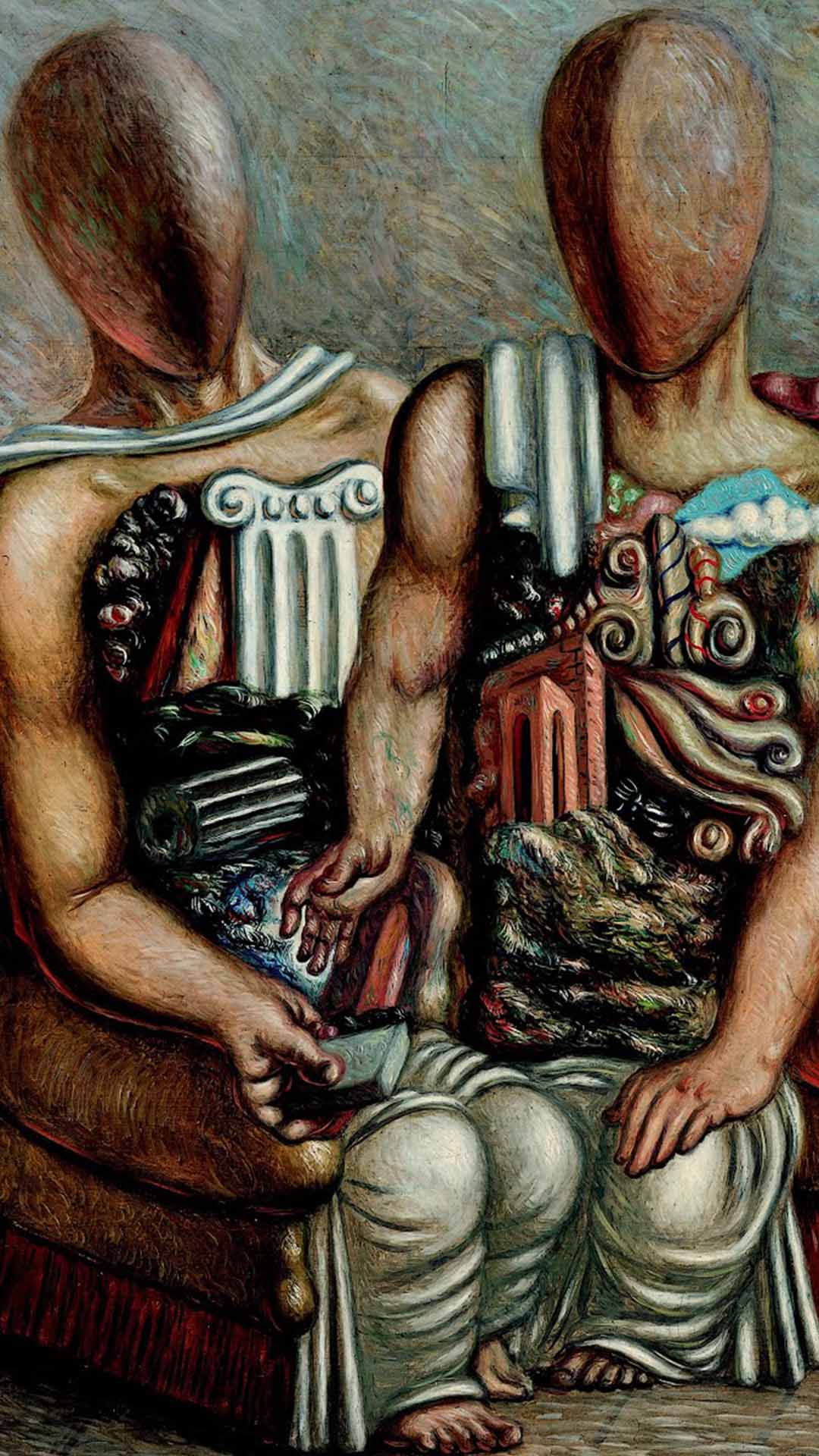
The works of de Chirico continue to be studied and regarded as one of the most important art movements of the 20th century. By creating mysterious and thought-provoking spaces, he reminds us that reality is not the only thing we see with our eyes, and that beyond it lies a vast world of meaning and mystery.
In general, Giorgio de Chirico revolutionized the world of art with his works, showing us that art can transcend reality and delve into the depths of the human subconscious.
Features of the Metaphysical Art Movement
Metaphysical art is characterized by extreme realism and meticulous execution, while simultaneously depicting a space that extends beyond reality. This is what gives Metaphysical paintings their mysterious quality. They are “landscapes of the mind.”
There are some common visual tools in de Chirico’s paintings, such as sharp unnatural contrasts, deep perspective space, and dark-colored skies. The titles he chose for his works—like The Enigma of an Autumn Afternoon, The Philosopher’s Conquest, The Soothsayer’s Recompense, or Melancholy of Turin—also contributed to the sense of mystery.
Recurring iconographic elements in Metaphysical paintings include deserted urban squares of Italian cities, the use of mannequins, Greek statues, and other mythological and classical elements, as well as architectural structures with arches that evoke a sense of loneliness and displacement.
However, different Metaphysical painters interpreted this style with varying emphases. According to art historian Jennifer Mundy, de Chirico sought enigma, juxtaposition of objects, and a sense of humor and playfulness. Extraordinary themes, play, and imagination were prominent in the works of his brother, Savinio. Carrà was primarily drawn to the Metaphysical style in pursuit of pure formal values, without deep interpretation. For Giorgio Morandi, the Metaphysical style was a way to purify the subject by focusing on the meaning of objects.
Carlo Carrà was also one of the pioneers of the Metaphysical School. With his paintings like Metaphysical Still Life, he created a mysterious and thought-provoking space that helped define the identity of this artistic style. Carrà’s works, emphasizing everyday objects in unusual spaces, raised profound questions about existence and reality, contributing significantly to the development of this movement.
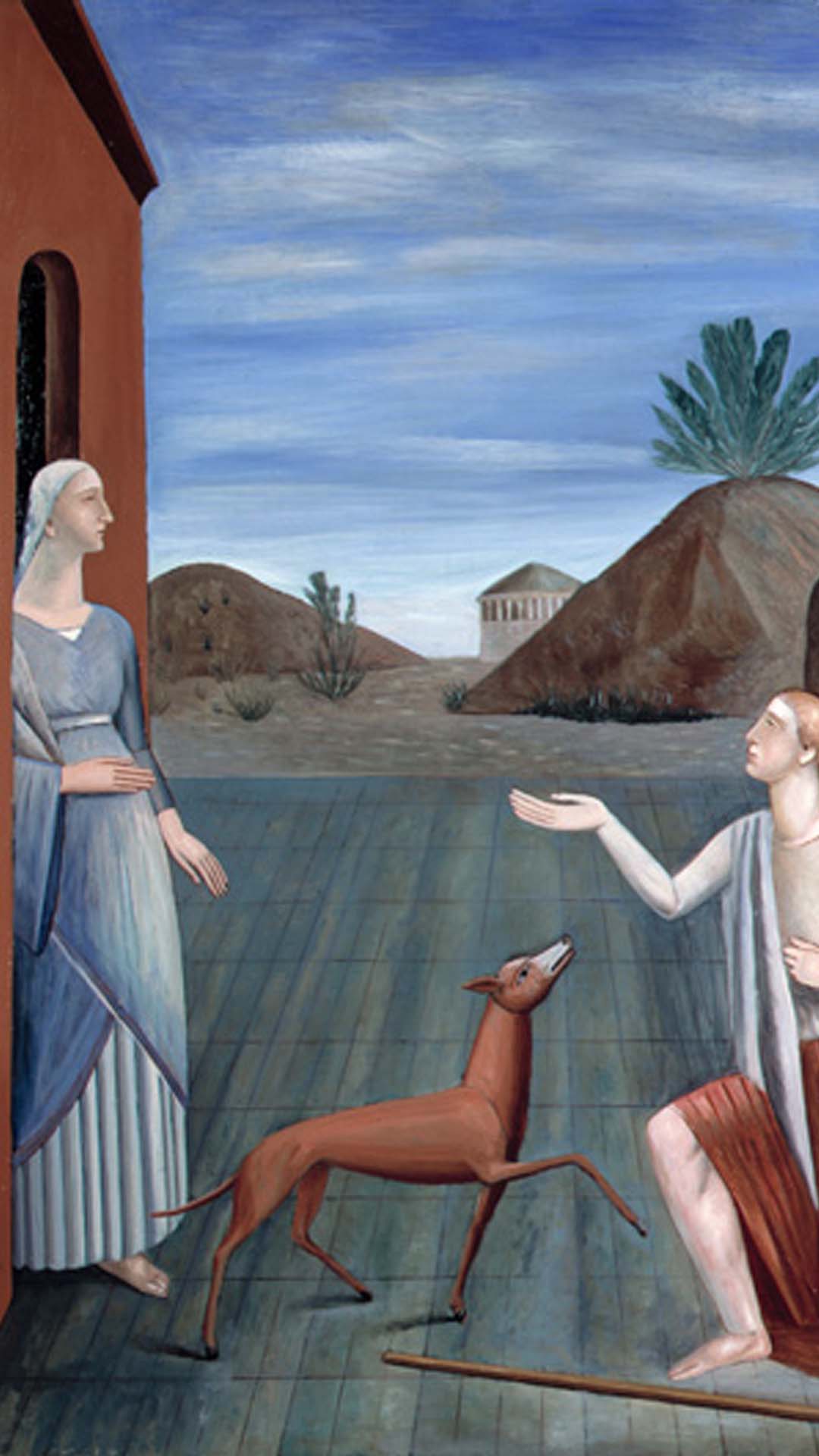
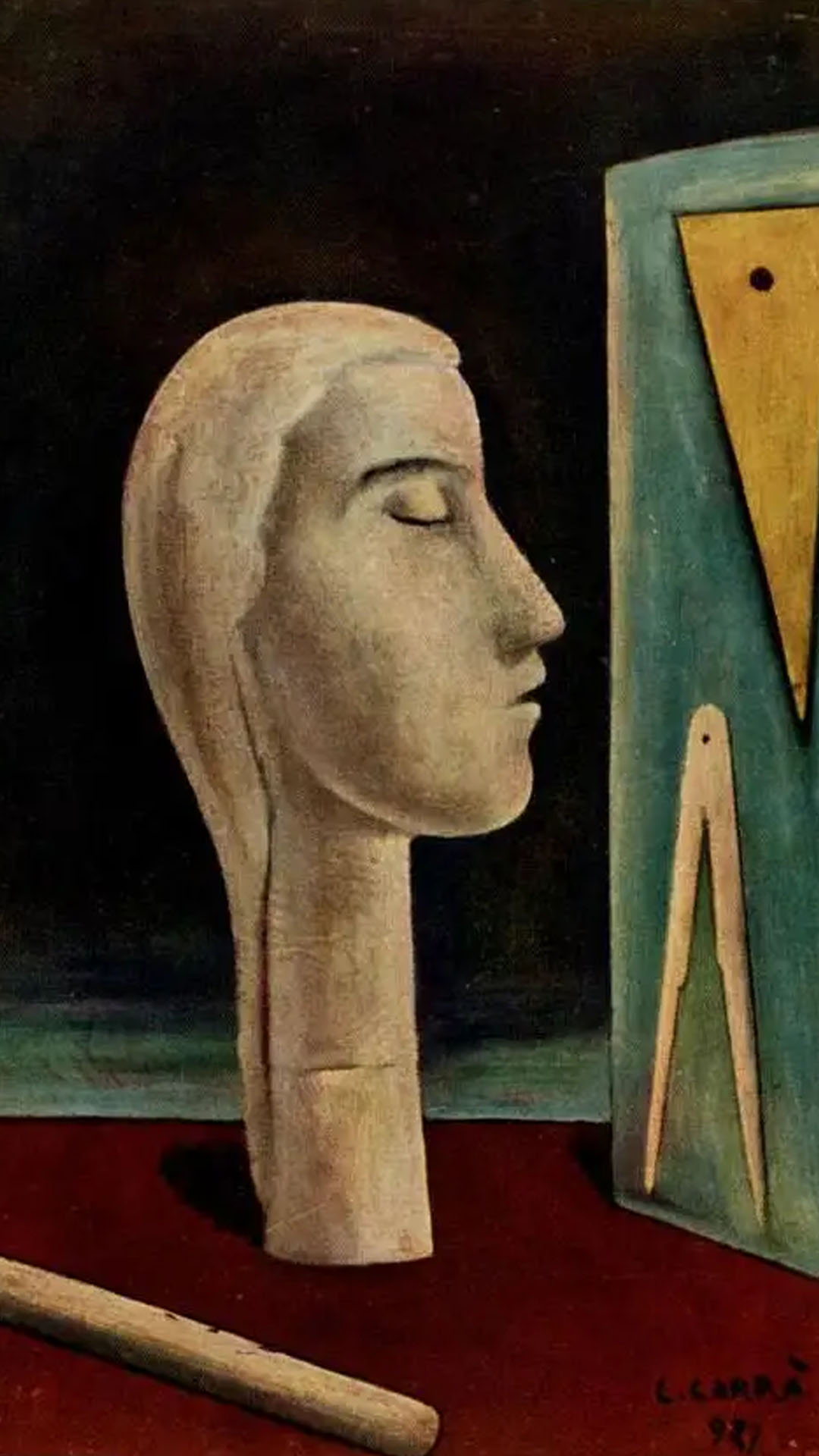
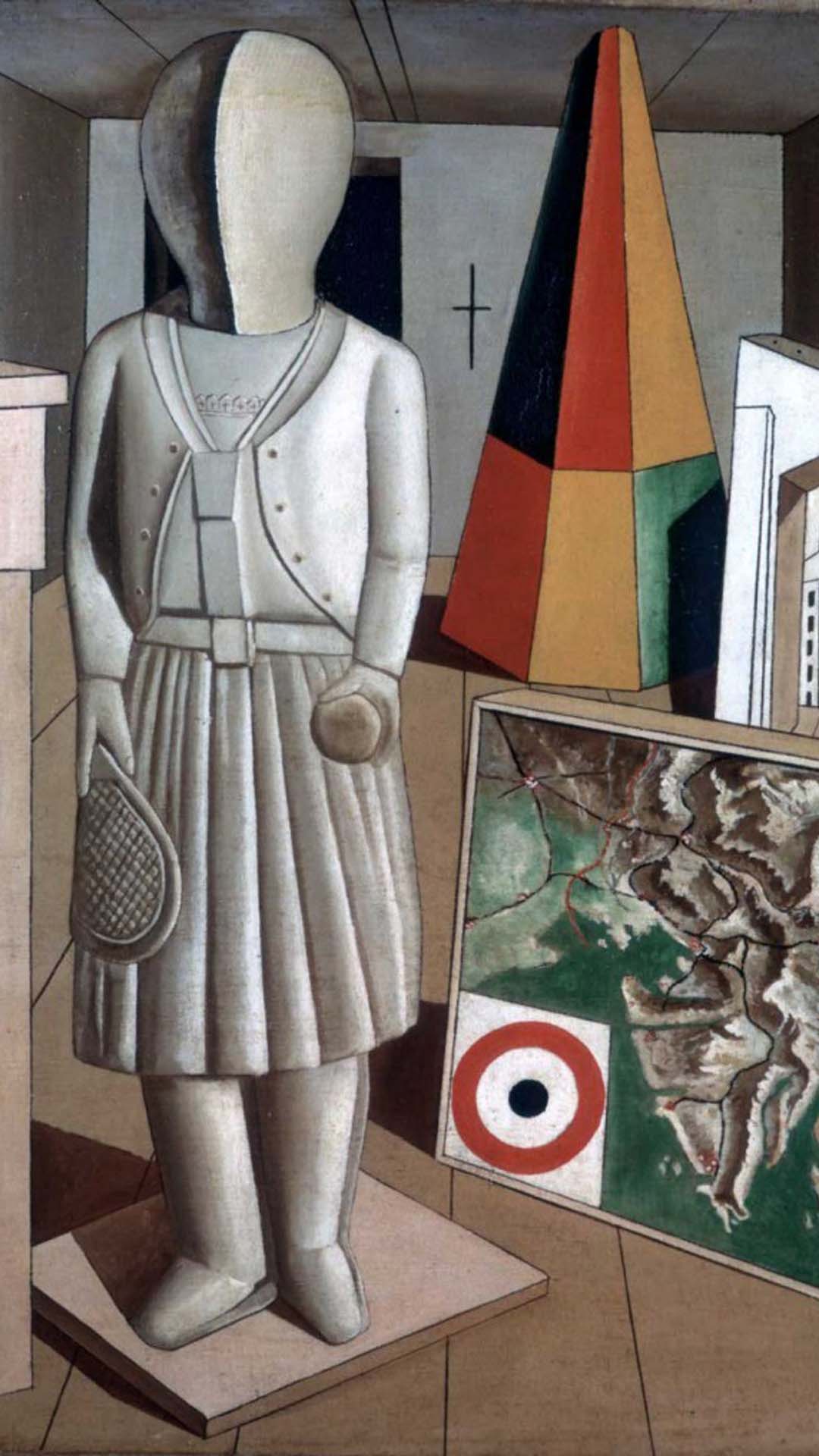
The Metaphysical School had a profound impact on subsequent artistic movements. Surrealism, Existentialism, and even some contemporary art movements trace their roots back to this school. Metaphysical works continue to be studied and regarded as one of the most important artistic movements of the 20th century.
In essence, the Metaphysical School, by creating a mysterious and thought-provoking atmosphere, reminds us that reality is not the only thing we see with our eyes, and that beyond it lies a vast world of meaning and mystery.

